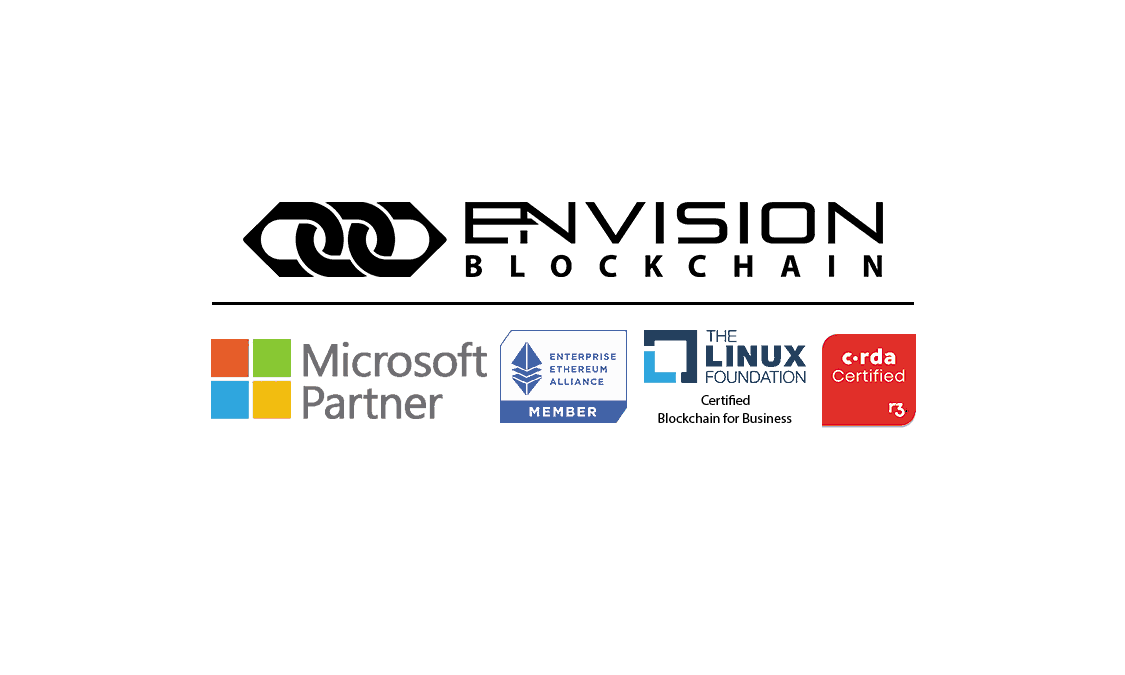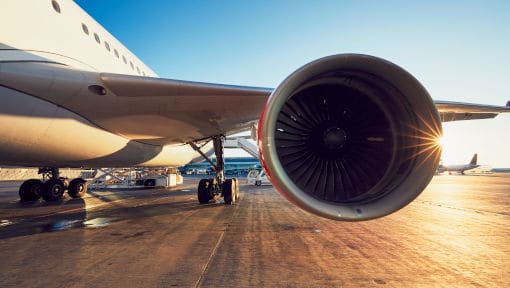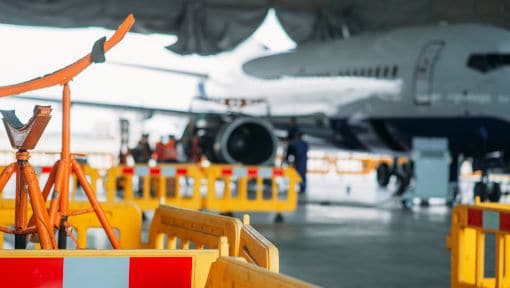Recognize new value in Aviation’s complex multi-faceted supply chain from manufacturing through maintenance.
When analyzing the industries growth rate, it’s evident that the industry is facing growing pains that have a direct impact on safety. Blockchain is poised to help increase the visibility of Approved Parts while reducing supply chain and document management inefficiencies. This result is expected to support the growing demand for new, aftermarket and used parts supply.
SPEAK TO US ABOUT HOW WE CAN DEVELOP YOUR BLOCKCHAIN APPLICATION FOR THE AVIATION INDUSTRY
CLICK HEREAviation Blockchain Use Cases
Parts Back to Birth
The FAA regulates different categories of Aviation and associated Carriers for hire differently. Commercial and Corporate Aviation (regulated under FAR Part 121 & 135) may have different requirements for obtaining or maintaining their certification, although maintenance requirements are regulated under FAR Part 43. For an industry which is strictly regulated, the FAA has no mandate regarding parts track and trace. They do however regulate what parts are FAA Approved, who can manufacture the parts, and distribute. Having record of a part’s life may be critical on several levels; the most obvious of which is of course whether or not it is a “Life Limited Part”. These parts are not to be used, overhauled or resold once they reach this critical threshold. Blockchain and smart devices offer Manufacturers, Carriers, MRO’s, and Lessors the ability to serialize a specific part (giving the part a unique cryptographic Identity) which can be stored on the ledger. This allows for the participants of this shared ledger to track the identity and its associated maintenance throughout its life from the day it was “born”.
Non-Airworthy FAA Approved Parts
As the world continues to globalize and travel demand increases, this puts pressure on approved parts manufacturers to fulfill orders and places additional stress on the used parts market. Approved Parts and Airworthy parts can be one in the same, although not every Approved Part is Airworthy. Approved Parts are manufactured to meet certain design and or production FAA approvals. An Airworthy part is a part that meets various qualifications ranging from whether or not the part is an Approved Part through compliance as per the carriers certifications maintenance schedule. Document management for routine maintenance inspections is tedious, especially when the average commercial aircraft exceeds 350 thousand parts. There are billions of dollars worth of used parts that are currently decommissioned due to gaps in data and consistent maintenance records deeming the part Unairworthy (scrap metal). Blockchain reduces rigorous document management (ex. 8130-3), efforts by leveraging cryptographic proofs which remain immutable on a distributed ledger. This ultimately allows future buyers the ability to trust that the documentation and maintenance transactions which are seamlessly audited occurred as per the transaction timestamp and was not tampered with. Not only will this reduce the amount of time to Audit internally, on behalf of future buyer or regulators, this ensures that documentation need not be physically transferred at the time of sale. This concept enables parts maintenance tracking and validates the legitimacy of Airworthy parts which ultimately provides value to the part, adds an element of safety, and simultaneously restores parts supply to the market reducing Aircraft on Ground (AOG) situations.
Eliminate Fraudulent Parts
Due to a lack of transparency, trust and differentiation in regulatory maintenance requirements, it is common knowledge in the Aviation industry that U.S. Based Part 121 (Commercial Airlines) Carriers are hesitant when purchasing used parts from Non-U.S. based Carriers. This further reduces the available supply of used parts and places additional demand on OEM/PMA manufacturers as well as the domestic used parts market. As with any free market, supply and demand dictate price. The shortage in parts supply relative to the growing demand offers incentive to malicious market participants to fabricate maintenance records in effort to transact the sale of Unairworthy parts (ex. Life Limited Parts which have exceed the life). On the other hand, legitimate organizations are forced to recognize massive losses on parts inventory/stock due to data gaps in (ex. Missing 8130-3’s) maintenance history. These parts are being put on shelves because Aviation Safety Inspectors (ASI’s)/OEM’s/PMA’s cannot legally sign off on their airworthiness. Distributed Ledger Technology offers the ability to track and trace parts back to birth and for market participants to seamlessly audit an immutable record of an aircraft’s maintenance logbook history with associated FAA approved parts and its required documented maintenance history of each individual part. This naturally adds value to the concept of “tokenized” parts and maintenance records while putting pressure on foreign carriers (and associated MRO’s) to expedite their digital transformation in effort to maintain their financial investments in both aircraft and parts.

INDUSTRIES
Web3 services
MODERN CLOUD SOLUTIONS
Public Blockchains We Use
PRIVATE & CONSORTIUM BLOCKCHAINS WE USE
ABOUT US
Envision Blockchain Solutions builds applications for the Web3 space. Our mission is to reshape and align today's systems allowing organizations to recognize the new value in tomorrow's Industry Vertical Solutions. The management team has years of Fortune 500 experience and has built a team of subject matter experts in Web3 and Business Transformation Processes. We focus on guiding organizations through 3 major milestones on their Web3 journey: Use Case Analysis, Proof of Concept Development, and Scaled Deployments.
© 2022 Envision Blockchain Solutions. All Rights Reserved.
Follow US



